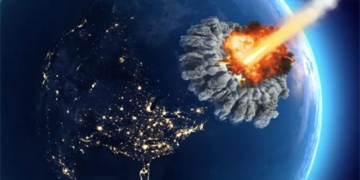Parks in the USA hold spectacular secrets such as unique geological wonders, strange wildlife, and world records…

The Grand Canyon is larger than the state of Rhode Island: The famous Grand Canyon in Arizona is widely recognized for its vastness. However, many are still amazed when making comparisons. With an area of 4,931 square kilometers, this majestic rocky landscape is larger than the entire U.S. state of Rhode Island (the smallest state in the country). This magnificent creation of Mother Nature reaches a depth of about 1.6 kilometers. (Photo: Shutterstock).
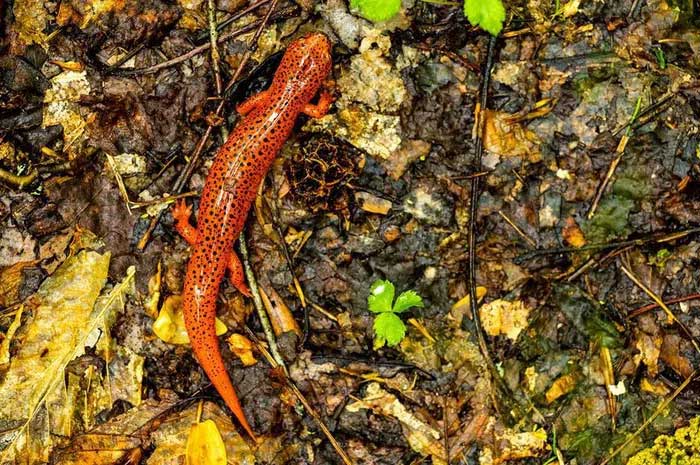
The Great Smoky Mountains are the “salamander capital of the world”: Not only is this area a sanctuary with peaks covered in lush forests and many iconic American wildlife such as elk, deer, and black bears, but the Great Smoky Mountains are also known as the “salamander capital of the world.” Approximately 30 species and 5 families of this amphibian thrive in the park, including the rare red salamander, which can be spotted slithering through the forest layers or frolicking in streams and brooks. (Photo: Kelly vanDellen).
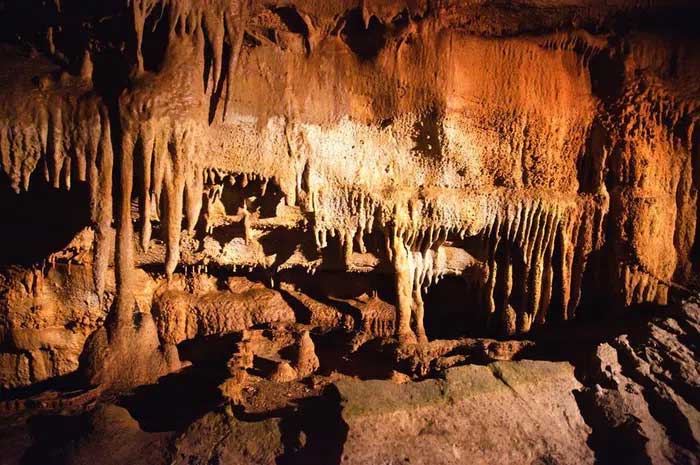
Mammoth Cave is the longest known cave system in the world: Located in Kentucky, Mammoth Cave is renowned as the longest cave system globally, stretching 676 kilometers. This record was recently confirmed after 13 kilometers were added during mapping in the fall of 2021. The cave features intricate formations of stalactites and stalagmites that are truly impressive. Visitors can join guided tours of the cave led by park rangers. (Photo: Zack Frank).
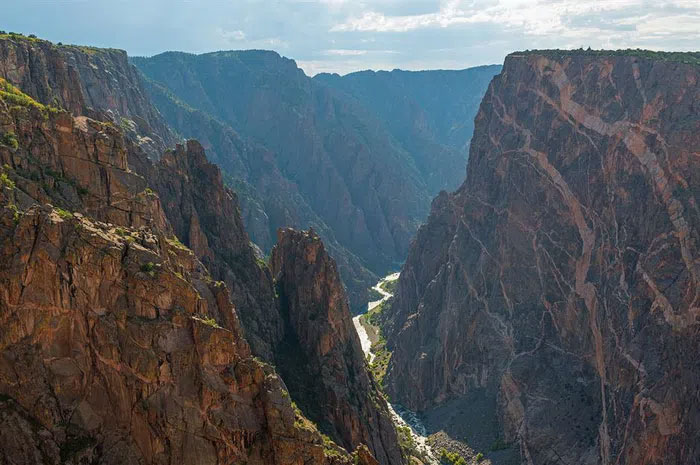
Some parts of the Black Canyon of the Gunnison receive only 33 minutes of sunlight each day: The Black Canyon of the Gunnison in Colorado was formed by deep gorges and cliffs over millions of years. It is a paradise for hikers. However, the deep areas of the canyon often remain in darkness. The deepest parts of the canyon receive as little as 33 minutes of sunlight each day at certain times of the year. (Photo: SL-Photography).
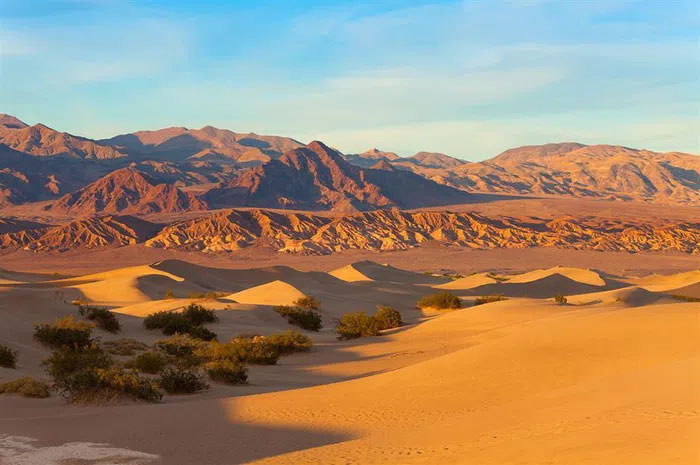
Death Valley is the hottest place on Earth: Death Valley, straddling the California-Nevada border, is a desert region considered the hottest place on the planet. On July 10, 1913, at Furnace Creek, the highest air temperature ever recorded was 57 degrees Celsius. Despite this, some wildlife, such as desert tortoises, manage to survive in these extreme conditions. (Photo: Sergey Novikov).
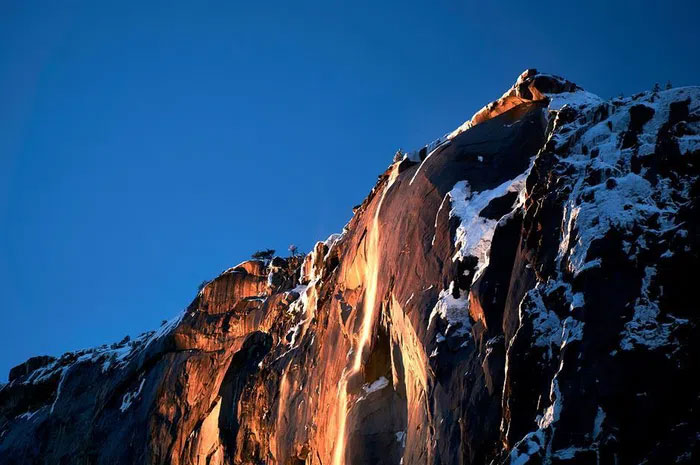
There is a “firefall” at Yosemite: Under the right conditions, Horsetail Fall appears to be on fire. This strange phenomenon occurs at Yosemite National Park in California when the waterfall is backlit by the fiery sunset light—an event that typically happens in late February. (Photo: Yi Tam).
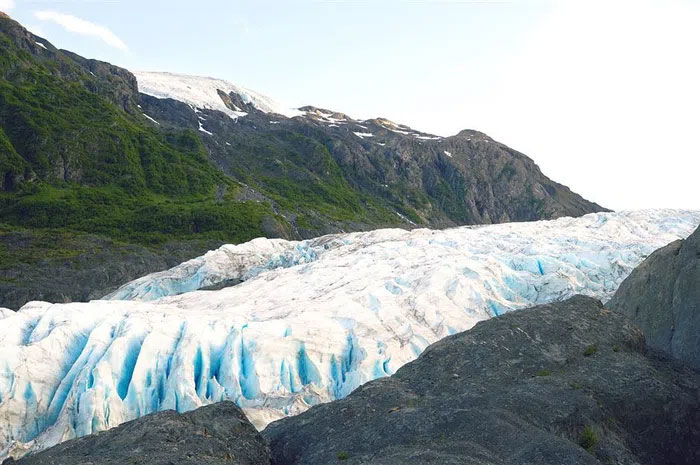
Microscopic glacier worms live inside glaciers in Alaska: The glaciers in Glacier Bay National Park and Preserve in Alaska are breathtaking. However, not many know that hidden within the thick ice are tiny “residents.” Microscopic glacier worms (relatives of common earthworms) live in the ice, feeding on snow algae and thriving in freezing temperatures. (Photo: Sirtravelalot).
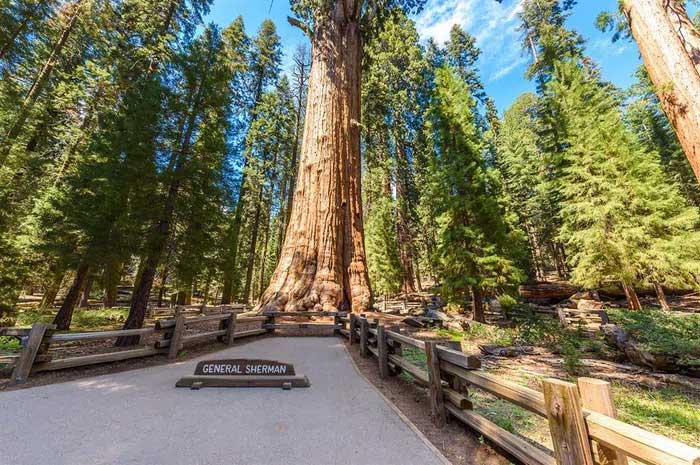
Sequoia National Park is home to the largest trees in the world: All the trees in the “Giant Forest” of Sequoia National Park in California reach straight up to the sky. Among them, General Sherman is the largest tree. Standing at 84 meters tall with a trunk diameter of 11 meters, it is the largest tree by volume in the world. (Photo: Simon Dannhauer).


















































